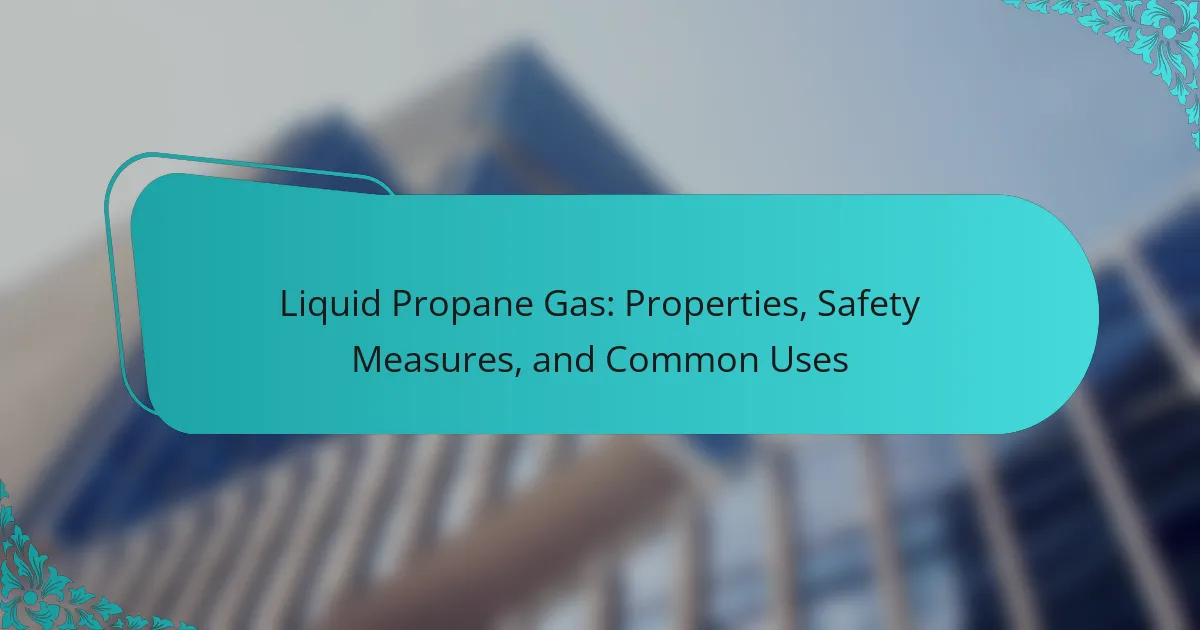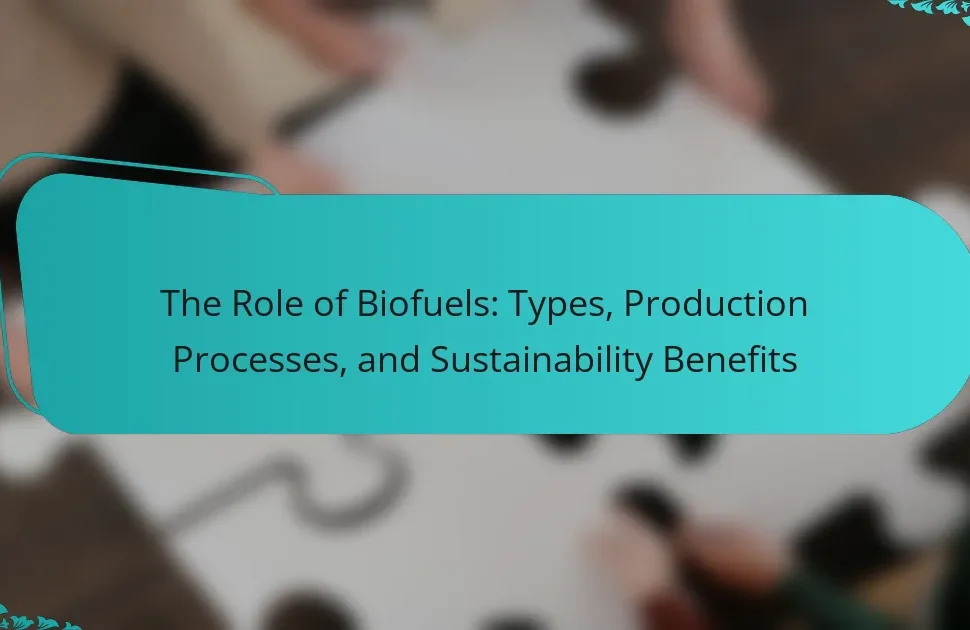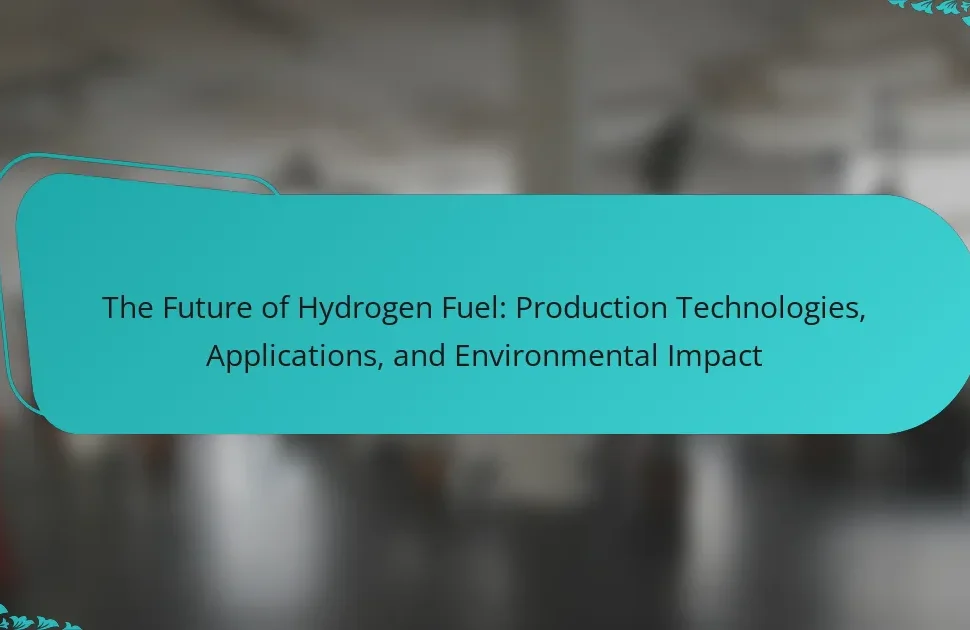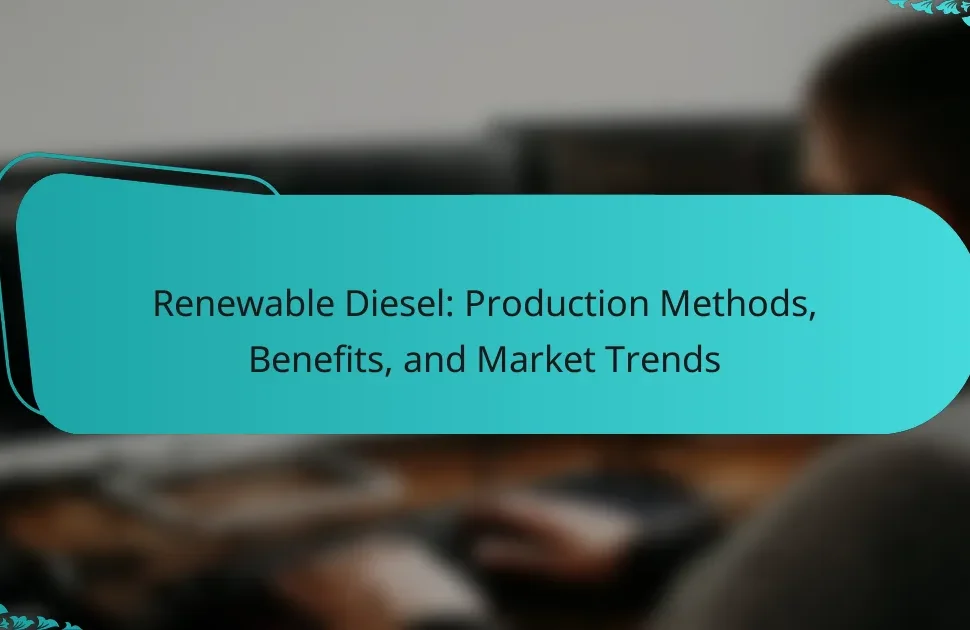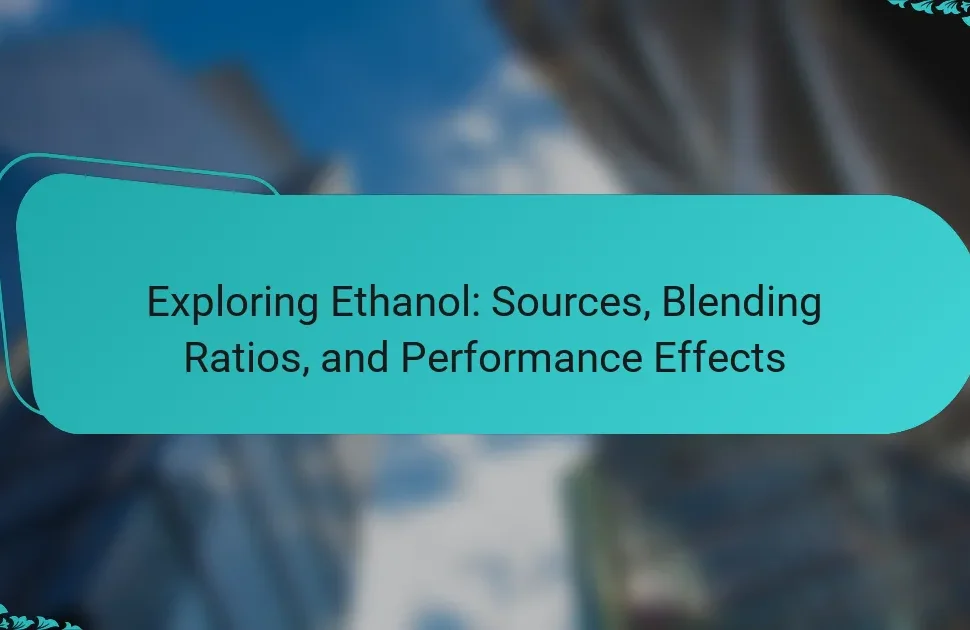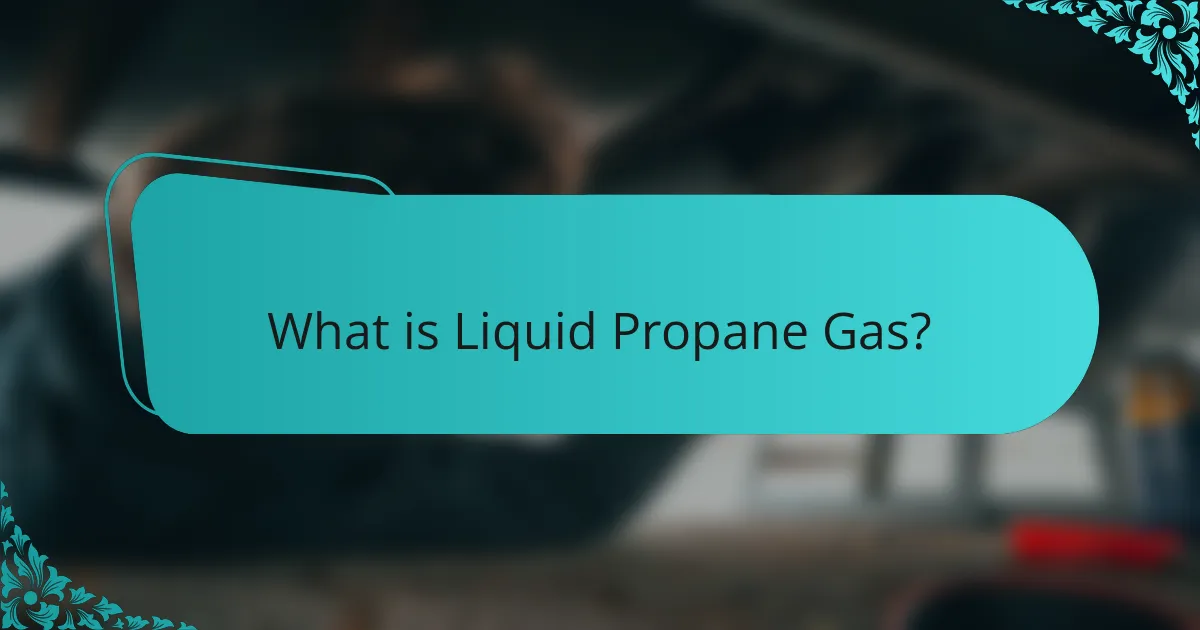
What is Liquid Propane Gas?
Liquid Propane Gas (LPG) is a flammable hydrocarbon gas that is used as fuel. It is composed primarily of propane and butane. LPG is stored under pressure in liquid form, which allows for easier transportation and storage. When released from its container, it vaporizes and can be used for heating, cooking, and powering vehicles. LPG is commonly utilized in residential, commercial, and industrial settings due to its efficiency and clean-burning properties. According to the U.S. Energy Information Administration, LPG is a significant energy source, providing about 3% of total U.S. energy consumption.
How is Liquid Propane Gas produced?
Liquid Propane Gas (LPG) is produced through natural gas processing and petroleum refining. During natural gas processing, propane is separated from other hydrocarbons and impurities. In petroleum refining, propane is a byproduct of crude oil distillation. The process involves heating crude oil in a distillation column. This separates various components based on their boiling points. Propane is then collected and purified for use. LPG production is significant, with the U.S. producing approximately 100 million barrels annually.
What are the key processes involved in the production of Liquid Propane Gas?
The key processes involved in the production of Liquid Propane Gas (LPG) include extraction, purification, and storage. LPG is primarily obtained from natural gas processing and petroleum refining. During extraction, natural gas is separated from crude oil and other hydrocarbons. The propane is then isolated through a process called fractionation.
In purification, impurities such as water, sulfur compounds, and other hydrocarbons are removed. This ensures that the final product meets quality standards. After purification, the liquid propane is stored in pressurized tanks. These tanks maintain the propane in a liquid state for distribution and use.
According to the U.S. Energy Information Administration, LPG is a byproduct of both natural gas processing and petroleum refining. This highlights the importance of both processes in the production of LPG.
What are the sources of Liquid Propane Gas?
Liquid Propane Gas (LPG) primarily originates from two sources: natural gas processing and petroleum refining. In natural gas processing, propane is separated from natural gas during the extraction and purification process. This separation occurs because propane is a component of natural gas. In petroleum refining, propane is produced as a byproduct during the refining of crude oil. Refineries extract propane along with other hydrocarbons through distillation. According to the U.S. Energy Information Administration, approximately 90% of propane in the United States comes from natural gas processing and refining.
What are the physical and chemical properties of Liquid Propane Gas?
Liquid Propane Gas (LPG) is a colorless, odorless gas in its natural state. It has a boiling point of -42 degrees Celsius. At room temperature, it exists as a liquid under pressure. LPG is highly flammable and has a flash point of -104 degrees Celsius. Its density is approximately 493 kg/m³ in liquid form. The chemical formula for propane is C3H8. LPG burns with a clean flame, producing water and carbon dioxide as byproducts. Its energy content is around 91,500 BTU per gallon.
What are the key characteristics of Liquid Propane Gas?
Liquid Propane Gas (LPG) is a colorless and odorless gas that is highly flammable. It is stored under pressure, which allows it to be liquid at room temperature. LPG consists primarily of propane and butane, making it a versatile fuel source. It has a high energy content, delivering about 91,500 BTUs per gallon. LPG can be used for heating, cooking, and as fuel for vehicles. It is non-toxic and does not contaminate groundwater. Safety measures include proper storage and ventilation to prevent leaks. The presence of a distinct odorant, usually ethyl mercaptan, helps detect leaks.
How does temperature affect the properties of Liquid Propane Gas?
Temperature significantly affects the properties of Liquid Propane Gas (LPG). As temperature increases, the pressure of LPG also rises. For instance, at 0°C, the pressure of LPG is approximately 7.4 bar. At 20°C, this pressure increases to about 8.5 bar.
Conversely, lowering the temperature reduces the pressure. At -42°C, LPG can exist as a liquid at atmospheric pressure. The boiling point of propane is around -42°C. Therefore, temperatures above this point will cause propane to vaporize.
Additionally, temperature influences the energy content of LPG. Higher temperatures lead to increased energy release during combustion. This characteristic makes LPG an efficient fuel source.
Overall, temperature plays a crucial role in determining the state, pressure, and energy properties of Liquid Propane Gas.
What are the advantages of using Liquid Propane Gas?
Liquid Propane Gas (LPG) offers several advantages. It is a clean-burning fuel, producing fewer emissions compared to other fossil fuels. LPG has a high energy content, providing efficient heating and cooking. Its portability allows for use in remote areas without natural gas access. LPG is versatile, suitable for various applications such as heating, cooking, and powering vehicles. Additionally, it is cost-effective, often cheaper than electricity for heating purposes. LPG storage is safe and convenient, as it can be stored in tanks of various sizes. These benefits make LPG a popular choice for both residential and commercial use.
How does Liquid Propane Gas compare to other fuels?
Liquid Propane Gas (LPG) is a highly efficient fuel compared to other fuels like gasoline, diesel, and natural gas. LPG has a higher energy content per unit volume than gasoline and diesel, providing more energy for heating and cooking. It produces fewer greenhouse gas emissions than gasoline and diesel, making it a cleaner option. LPG also burns more efficiently than natural gas in certain applications, offering quicker heating times. Furthermore, LPG can be stored and transported easily, unlike natural gas which requires extensive pipeline infrastructure. According to the U.S. Energy Information Administration, LPG can achieve up to 90% efficiency in heating applications, surpassing many other fuels.
What environmental benefits does Liquid Propane Gas provide?
Liquid Propane Gas (LPG) offers several environmental benefits. It produces lower greenhouse gas emissions compared to other fossil fuels. Specifically, LPG emits 12% less carbon dioxide than gasoline when combusted. Additionally, LPG produces minimal particulate matter, leading to improved air quality. It also has a lower risk of soil and water contamination compared to other fuels. LPG is non-toxic and does not harm the ozone layer, as it contains no chlorine. These characteristics make LPG a cleaner energy source for various applications.
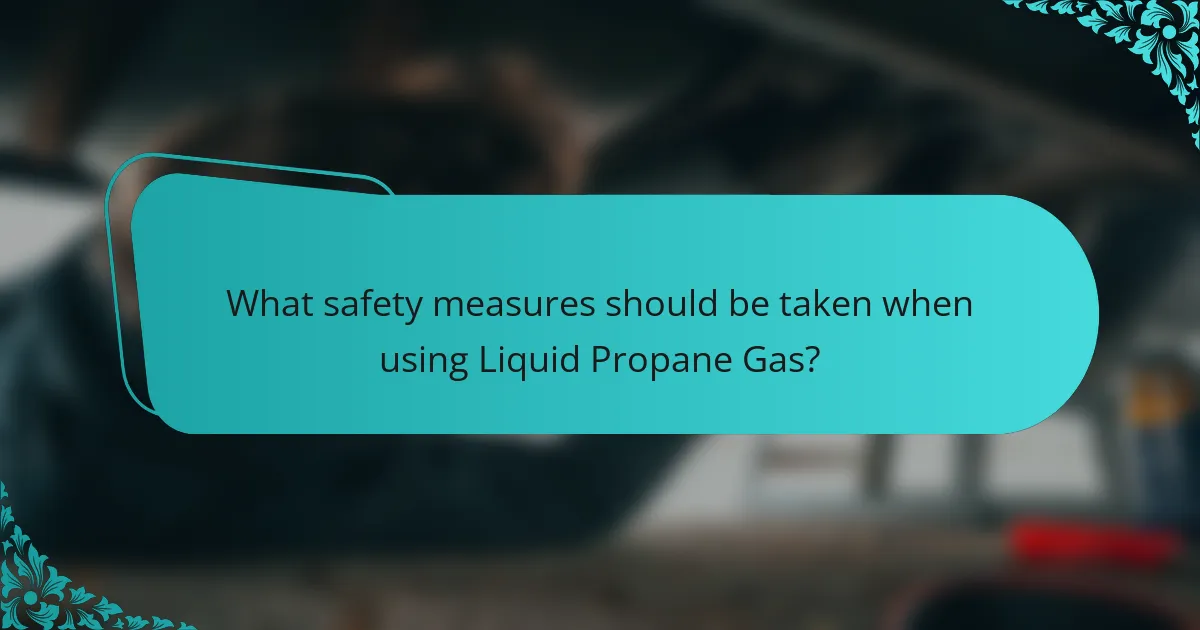
What safety measures should be taken when using Liquid Propane Gas?
Safety measures when using Liquid Propane Gas (LPG) include proper storage, ventilation, and equipment maintenance. LPG should be stored in a cool, well-ventilated area away from direct sunlight. Ensure that all connections and appliances are leak-free and regularly inspected. Use a gas detector to monitor for leaks, as LPG is odorless and can be dangerous. Always have a fire extinguisher nearby and know how to use it. In case of a leak, evacuate the area immediately and contact emergency services. Following these measures minimizes the risk of accidents and ensures safe usage of LPG.
How can users ensure safe handling of Liquid Propane Gas?
Users can ensure safe handling of Liquid Propane Gas (LPG) by following specific safety protocols. Always store LPG cylinders upright in a well-ventilated area. Ensure that the area is free from ignition sources such as open flames or sparks. Regularly inspect hoses and connections for leaks or damage. Use a soapy water solution to check for leaks; bubbles will form if there is a leak. When using LPG appliances, follow the manufacturer’s instructions carefully. Keep LPG cylinders away from heat sources and direct sunlight. In case of a leak, evacuate the area immediately and contact emergency services. Proper training on LPG handling is essential for safe usage. These measures help prevent accidents and ensure safe handling of LPG.
What are the best practices for storing Liquid Propane Gas?
Store Liquid Propane Gas (LPG) in a well-ventilated area away from ignition sources. Ensure that storage containers are upright and secured to prevent tipping. Use only approved LPG cylinders or tanks for storage. Keep LPG away from heat sources and direct sunlight to prevent pressure buildup. Regularly inspect for leaks and damage to containers. Maintain proper distance from residential areas and flammable materials. Follow local regulations and guidelines for LPG storage. These practices help ensure safety and compliance with safety standards.
What emergency procedures should be in place for Liquid Propane Gas?
Emergency procedures for Liquid Propane Gas (LPG) include immediate evacuation, notifying emergency services, and shutting off the gas supply if safe to do so. In case of a leak, individuals should leave the area and avoid using electrical devices. If a fire occurs, extinguishers rated for flammable gases should be used. Proper ventilation is essential to disperse gas accumulation. Emergency response teams should be trained in LPG hazards and equipped with appropriate protective gear. Regular drills and safety inspections can enhance preparedness and response efficiency. These procedures are crucial to minimize risks associated with LPG incidents.
What are the common hazards associated with Liquid Propane Gas?
Common hazards associated with Liquid Propane Gas (LPG) include explosion risk, fire hazards, and asphyxiation. LPG is highly flammable and can ignite easily when exposed to heat or flame. The gas can form explosive mixtures with air, leading to potential explosions in confined spaces. Additionally, LPG is heavier than air, which allows it to accumulate in low-lying areas, increasing the risk of asphyxiation. Leaks can occur from faulty equipment or improper handling, posing serious safety threats. According to the National Fire Protection Association, LPG-related incidents resulted in significant property damage and injuries annually. Proper storage and handling are crucial to mitigate these hazards.
What are the risks of leaks and how can they be detected?
The risks of leaks in liquid propane gas (LPG) include fire, explosion, and health hazards. LPG is highly flammable and can create explosive mixtures with air. A leak can lead to a rapid accumulation of gas in enclosed spaces, increasing the risk of ignition. Health risks include asphyxiation due to displacement of oxygen and potential poisoning from inhalation. Detection of LPG leaks can be achieved through several methods. One common method is the use of odorants, such as ethyl mercaptan, which provide a distinct smell. Additionally, gas detectors can be installed to provide real-time monitoring. Regular maintenance and inspection of LPG systems are crucial for early leak detection.
What precautions should be taken to prevent accidents?
To prevent accidents with liquid propane gas, several precautions should be taken. First, ensure proper ventilation in areas where propane is used or stored. This helps disperse any gas leaks. Next, regularly inspect propane tanks and connections for leaks. Use a soapy water solution to check for bubbles, indicating a leak. Additionally, keep propane cylinders upright and secured to prevent tipping. Store propane tanks in a cool, dry place away from direct sunlight or heat sources. Furthermore, always use propane appliances according to manufacturer instructions. Finally, install a carbon monoxide detector in areas where propane is used. These measures significantly reduce the risk of accidents associated with propane.
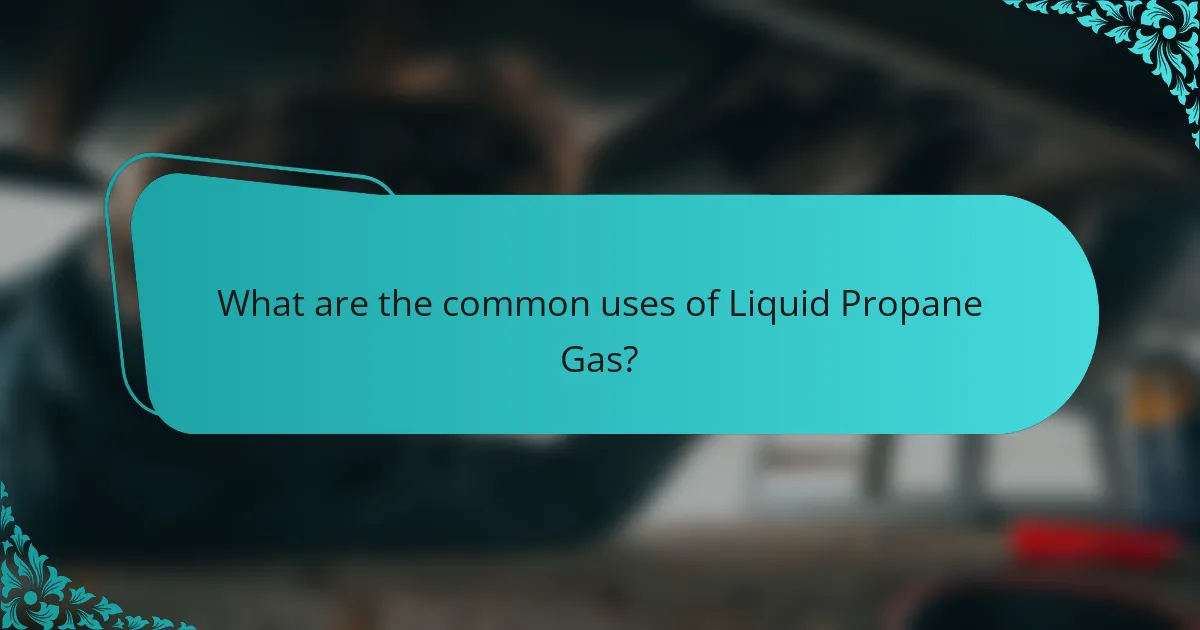
What are the common uses of Liquid Propane Gas?
Liquid Propane Gas (LPG) is commonly used for heating, cooking, and fueling vehicles. It serves as a reliable energy source for residential and commercial heating systems. Many households use LPG for cooking on gas stoves and ovens. Additionally, it powers outdoor grills and patio heaters. LPG is also utilized in agricultural applications, such as crop drying and heating greenhouses. Furthermore, it fuels forklifts and other industrial equipment. According to the U.S. Energy Information Administration, LPG is a popular choice due to its efficiency and lower carbon emissions compared to other fossil fuels.
In which industries is Liquid Propane Gas commonly used?
Liquid Propane Gas (LPG) is commonly used in several industries. These include agriculture, where it fuels equipment and heats greenhouses. In the hospitality industry, LPG powers cooking equipment and heating systems. The automotive sector uses LPG as an alternative fuel for vehicles. Additionally, it is utilized in residential heating and hot water systems. The construction industry employs LPG for heating and powering tools. Lastly, the manufacturing sector uses LPG in processes such as metal cutting and glass production. Each of these industries benefits from LPG’s efficiency and versatility.
How is Liquid Propane Gas utilized in residential heating?
Liquid Propane Gas (LPG) is utilized in residential heating primarily through furnaces, boilers, and space heaters. These appliances burn LPG to produce heat for homes. LPG is stored in tanks and delivered to the heating units via pipes. When ignited, it generates a high amount of heat energy. This energy efficiently warms air or water for residential use. According to the U.S. Department of Energy, LPG can provide consistent heating and is often more efficient than electric heating. Many homes prefer LPG for its cost-effectiveness and reliability in colder climates.
What role does Liquid Propane Gas play in agricultural applications?
Liquid Propane Gas (LPG) plays a significant role in agricultural applications as a fuel source. It is commonly used for heating greenhouses and drying crops. LPG provides a clean-burning alternative to other fossil fuels, reducing emissions. Farmers often utilize LPG for powering irrigation systems and machinery. Additionally, it is used in the production of fertilizers and pesticides. The versatility of LPG enhances efficiency in various agricultural processes. Studies indicate that LPG can improve crop yields by providing consistent heat and energy. Its adoption in agriculture contributes to sustainable farming practices.
What are some innovative applications of Liquid Propane Gas?
Liquid Propane Gas (LPG) is used in innovative applications across various industries. One application is in the agricultural sector for crop drying. LPG provides efficient heating, reducing moisture content in harvested crops quickly. Another innovative use is in the automotive industry, where LPG powers vehicles as an alternative fuel. This application reduces emissions and increases fuel efficiency compared to gasoline.
In the hospitality industry, LPG is utilized for outdoor heating solutions, such as patio heaters and fire pits. This enhances customer experience by providing warmth in outdoor dining areas. Additionally, LPG is employed in combined heat and power systems. These systems generate electricity and useful heat simultaneously, improving energy efficiency in commercial buildings.
LPG is also used in refrigeration systems, particularly in remote areas lacking electricity. It serves as a reliable power source for refrigeration units, preserving food and pharmaceuticals. Lastly, LPG is applied in the production of hydrogen fuel. It can be converted into hydrogen through reforming processes, contributing to cleaner energy solutions.
How is Liquid Propane Gas used in alternative energy solutions?
Liquid Propane Gas (LPG) is utilized in alternative energy solutions primarily as a clean-burning fuel source. It serves as an energy alternative for heating, cooking, and powering vehicles. LPG produces fewer greenhouse gas emissions compared to traditional fossil fuels. It is often used in combined heat and power systems to generate electricity and heat simultaneously. Additionally, LPG can be used in off-grid applications, providing energy in remote areas. Its versatility allows it to be integrated into renewable energy systems, enhancing energy efficiency. Studies show that LPG can significantly reduce carbon emissions, making it a sustainable energy choice.
What are the emerging trends in the use of Liquid Propane Gas?
Emerging trends in the use of Liquid Propane Gas (LPG) include increased adoption in transportation and residential heating. Many fleets are transitioning to LPG vehicles due to lower emissions compared to gasoline. Additionally, the use of LPG for home heating is growing as consumers seek cleaner energy sources. Innovations in LPG appliances are making them more efficient and environmentally friendly. The rise of off-grid living has also boosted LPG usage in rural areas. Furthermore, regulatory support for cleaner fuels is driving investment in LPG infrastructure. These trends indicate a shift towards sustainable energy solutions.
What tips should users follow for effective use of Liquid Propane Gas?
Users should follow safety guidelines for effective use of Liquid Propane Gas (LPG). Always store LPG cylinders upright in a well-ventilated area. Ensure that the area is free from flammable materials. Regularly check for leaks using soapy water on connections. If a leak is detected, do not ignite any flames and evacuate the area immediately. Use LPG appliances according to the manufacturer’s instructions. Ensure proper ventilation when using LPG indoors to prevent carbon monoxide buildup. Regular maintenance of appliances enhances safety and efficiency. Familiarize yourself with the emergency shut-off procedures for LPG systems.
Liquid Propane Gas (LPG) is a flammable hydrocarbon fuel primarily composed of propane and butane, utilized in various applications such as heating, cooking, and fueling vehicles. The article details the production processes of LPG, including natural gas processing and petroleum refining, and outlines its physical and chemical properties, highlighting its efficiency and clean-burning attributes. Additionally, it discusses safety measures for handling LPG, common hazards associated with its use, and the environmental benefits it offers. Finally, the article explores LPG’s diverse applications across industries, emphasizing its role in residential heating, agriculture, and emerging trends in alternative energy solutions.
